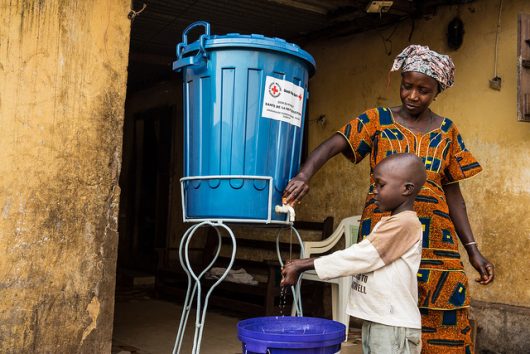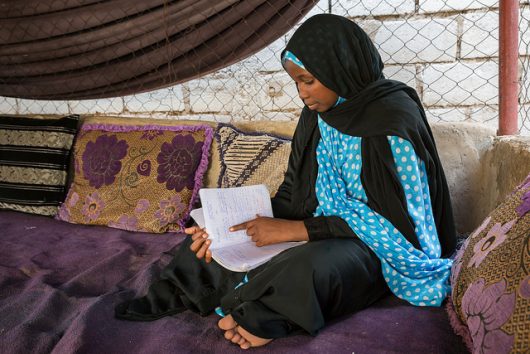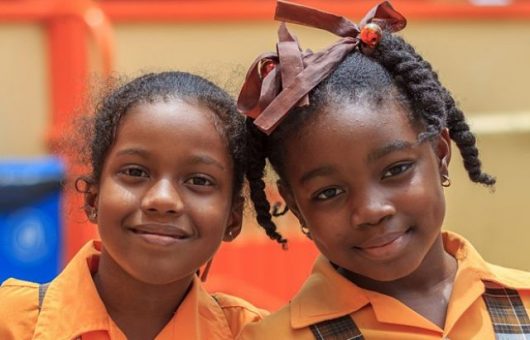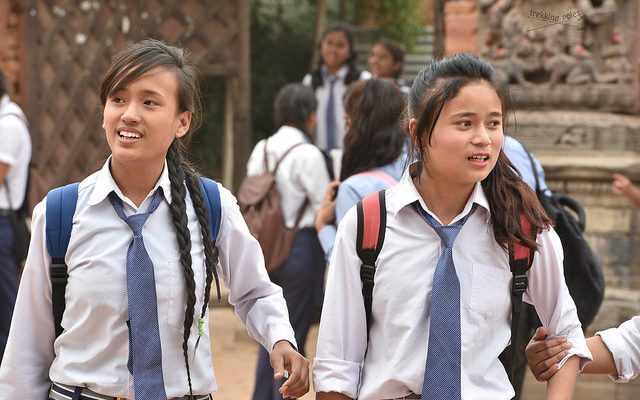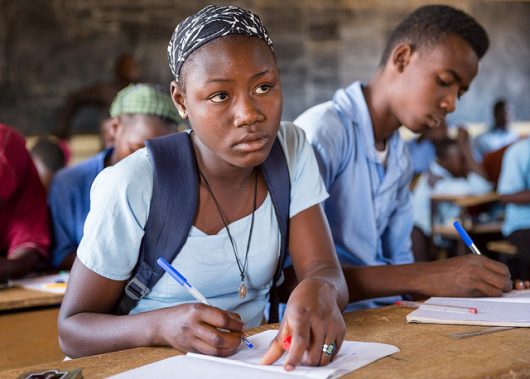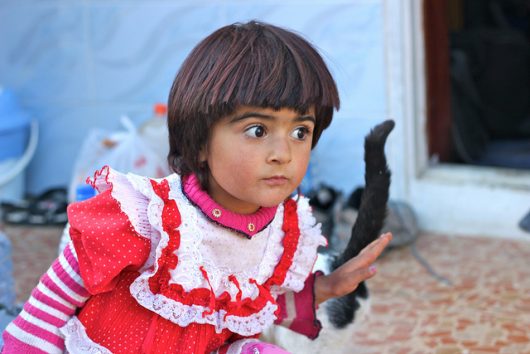
Kofi Annan, former secretary general of the United Nations, once stated that “Education is a human right with immense power to transform. On its foundation rest the cornerstones of freedom, democracy and sustainable human development.” Tajikistan, located in Central Asia, is widely known for its mountains and hiking locations. The country has recently faced financial pressure which has led to a series of problems, one of which is the lack of girls’ education in Tajikistan.
Economic Conditions Impeding Education
According to UNICEF, “In Tajikistan, compulsory education (primary and lower-secondary) is guaranteed for all children, free of charge, under Article 41 of Tajikistan’s Constitution.” While education is guaranteed for all children, only 88 percent of girls in Tajikistan complete their basic education. Education in the region has been on the decline since the country’s civil war in the 1990s, which was estimated to have destroyed over one-fifth of all schools in the region. The ensuing economic hardships have made it difficult to build new schools or keep teachers and other scholars from leaving the country. The United Nations Education Index ranks Tajikistan 133 out of 187 countries; the lowest rank of all former Soviet republics.
Financial Difficulties and Child Labor
Following Tajikistan’s independence, the country saw the revival of ideas surrounding gender roles which led to the view that women and girls are expected to take care of the household. Financial troubles in enrolling children in schools have also led parents to prioritize education for sons over education for daughters. Other financial obstacles stand in the way of girl’s education in Tajikistan; paying for extra school uniforms and enrollment fees have forced parents into choosing which child gets to go to school.
Increases in child labor have also sparked a higher number of children dropping out of school to join the workforce. The International Labor Organization stated that from 2012 to 2013, more than 23 percent of all children in Tajikistan worked in child labor jobs.
Progress for Girls’ Education
While the current situation is alarming in Tajikistan, steps are being taken to help fix the issue of girls’ education. Since the 2012 adoption of the National Strategy of Education Development, progress has been made, although the girls continue to drop out of schools in the country.
Multiple initiatives by the Tajikistan government and worldwide institutions such as UNICEF have created an expansion in girls’ education in Tajikistan. The Girls Education Package, an initiative created by the work of UNICEF, the Ministry of Education of Tajikistan and Oshtii Milli, an NGO, has succeeded in slowly reducing gender disparities in education. These parties have brought together stakeholders in the community and local authorities to create an atmosphere that supports a gender-sensitive learning environment.
While organizations around the world work tirelessly to help out in Tajikistan, much more needs to be done for the expansion of girls’ education in the country. By ensuring that education retention grows among the population, Tajikistan’s future will become brighter every day moving forward.
– Michael Huang
Photo: Flickr

